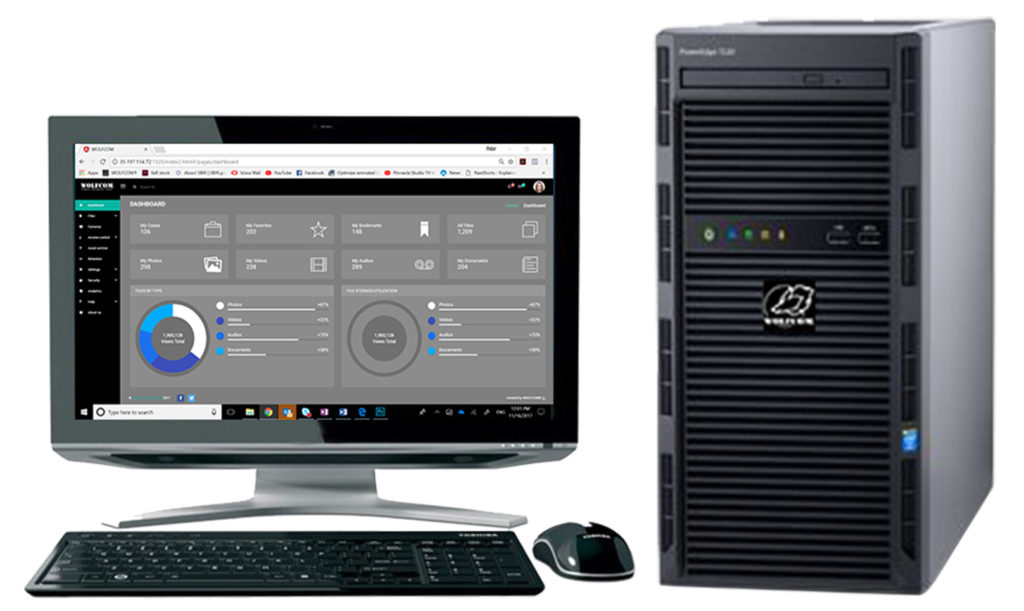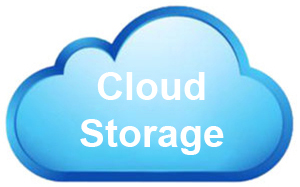When it comes to storing digital assets, police departments are always torn between on-premises and cloud storages. This article will get into details about both types of solutions, making it easier to understand both concepts in an attempt to help law enforcement agencies decide what’ll work best for each one of them.

The pros of having an on-prem storage solution are many, and the first one is that the servers are owned, managed, and kept in the most secure places anyone can think of: police departments. That means no security breach, no unauthorized access, and a guarantee that the hardware is always safe and well-protected. That also means police officers can access any digital asset or data at any moment without having to download files — and possibly having to pay for those downloads. Charges for on-prem storage are also more transparent, with no hidden fees, so you pay what’s expected. And when it’s time to upgrade, the only expense will be purchasing an extra, or bigger, hard drive. Having in-house storage is a more independent way to store digital data, but it’s far from being a perfect method.
Unexpected issues often happen where only a knowledgeable person on the matter can help, so having an IT employee or team is absolutely necessary. Servers need maintenance and protection against hacking and malware, and only a team of experts can make sure those files are safe. Hard drives can also crash, and, in that case, a recovery service is needed to rescue all the lost data. Having an on-prem storage solution also makes it hard to share files with other agencies or district attorneys. Although creating a Virtual Private Network (VPN) solves that issue, it isn’t always an option smaller departments can afford. All those paychecks and extra expenses add up, increasing the cost to maintain an in-house storage solution even more.

Cloud storage, on the other hand, is simpler and makes storing files easier, as the companies offering those services are the ones that maintain the server by making sure it’s CJIS compliant, virus-free, and no unauthorized access is granted. That means no IT team and fewer paychecks. Files on cloud servers can also be accessed from anywhere with an internet connection, so large departments with substations can exchange, download, and upload files instantly. In case any files need to be shared with other departments or district attorneys, limited access can be granted and they can access it from anywhere, saving time and resources.
All of that, of course, comes with a price. Cloud is, usually, more expensive and, sometimes, filled with hidden fees. Files on the cloud can’t be accessed instantly, as they need to be downloaded, which means precious time and resources wasted. Seeing as download and upload speeds are directly affected by the bandwidth, having a dedicated internet connection for transferring files is highly recommended.
Both storage methods have upsides and downsides. There’s no formula to decide which one is better or worse, it’s up to each department to analyze their needs, priorities, and budget to figure out which option will serve them better.
